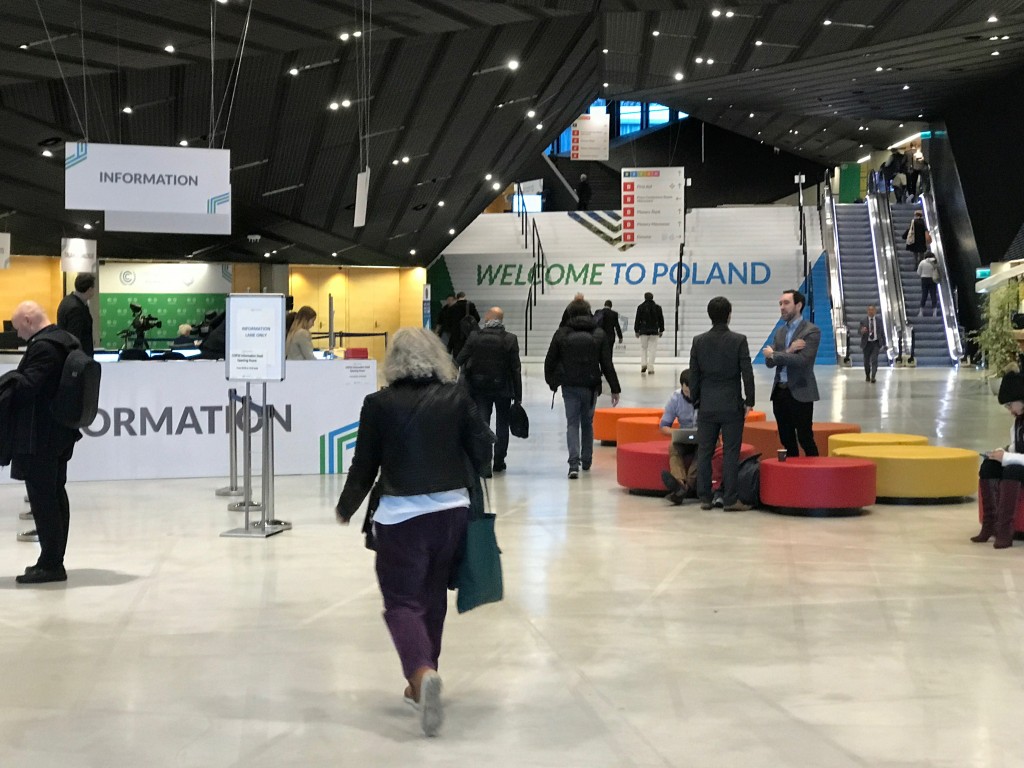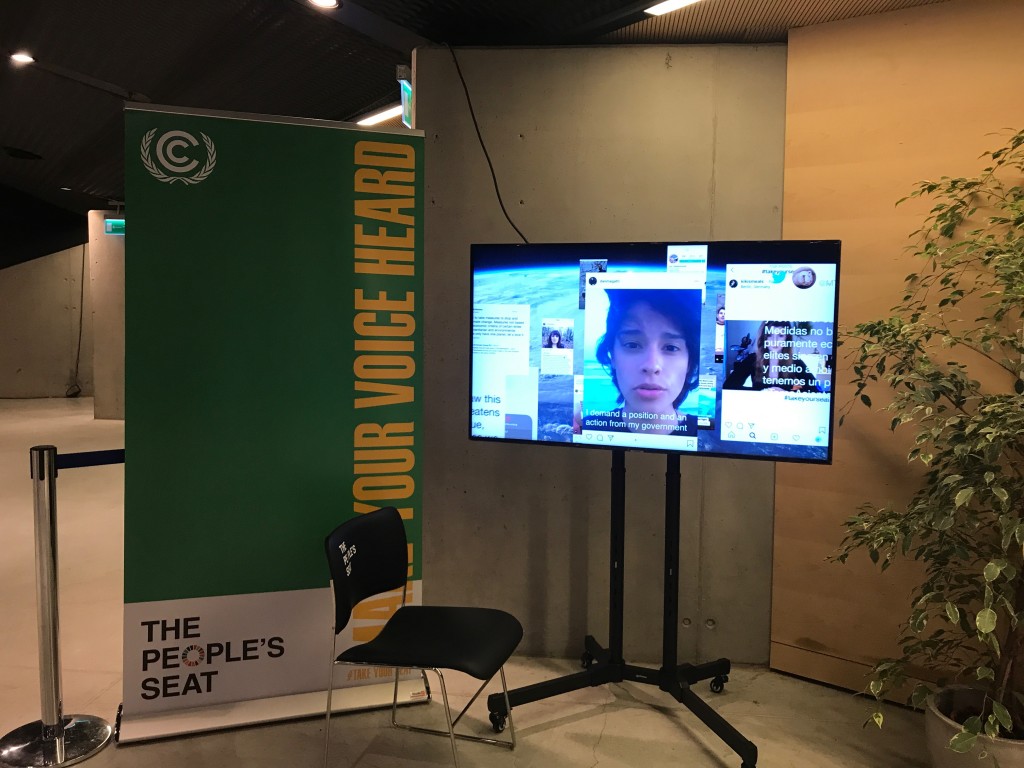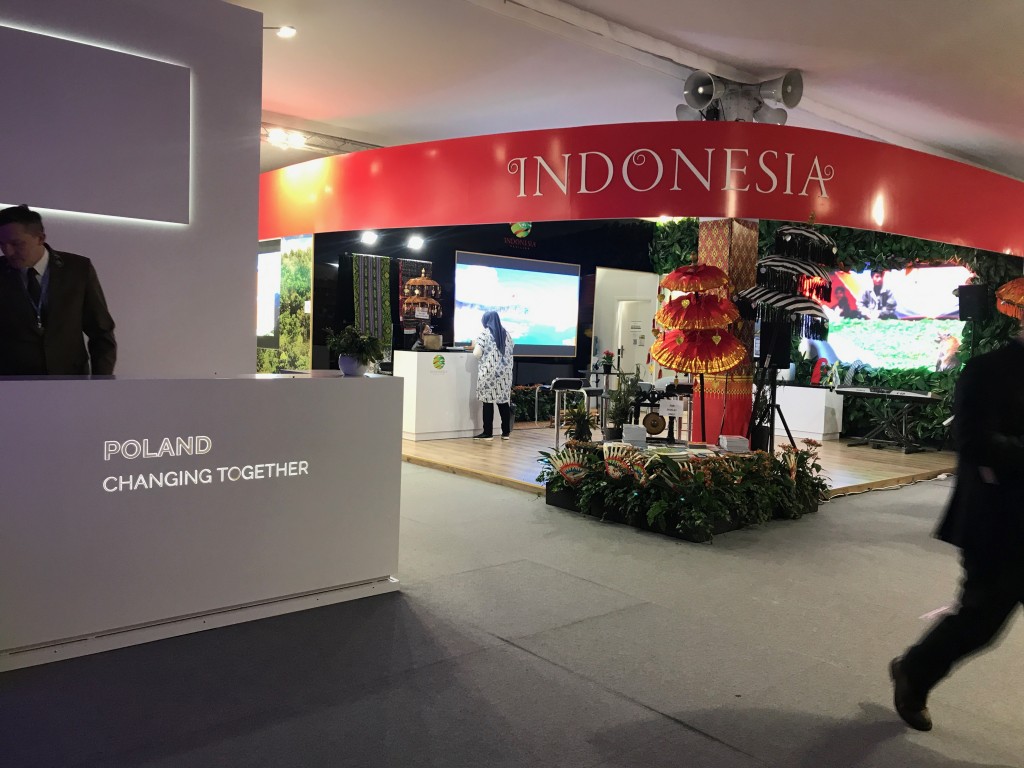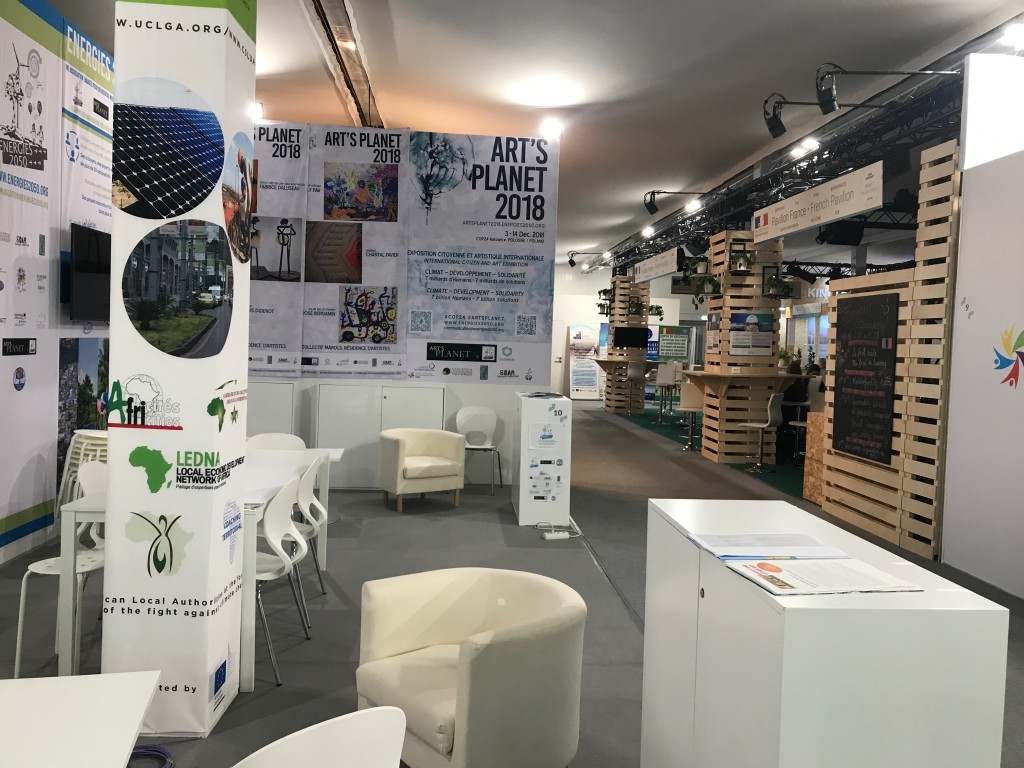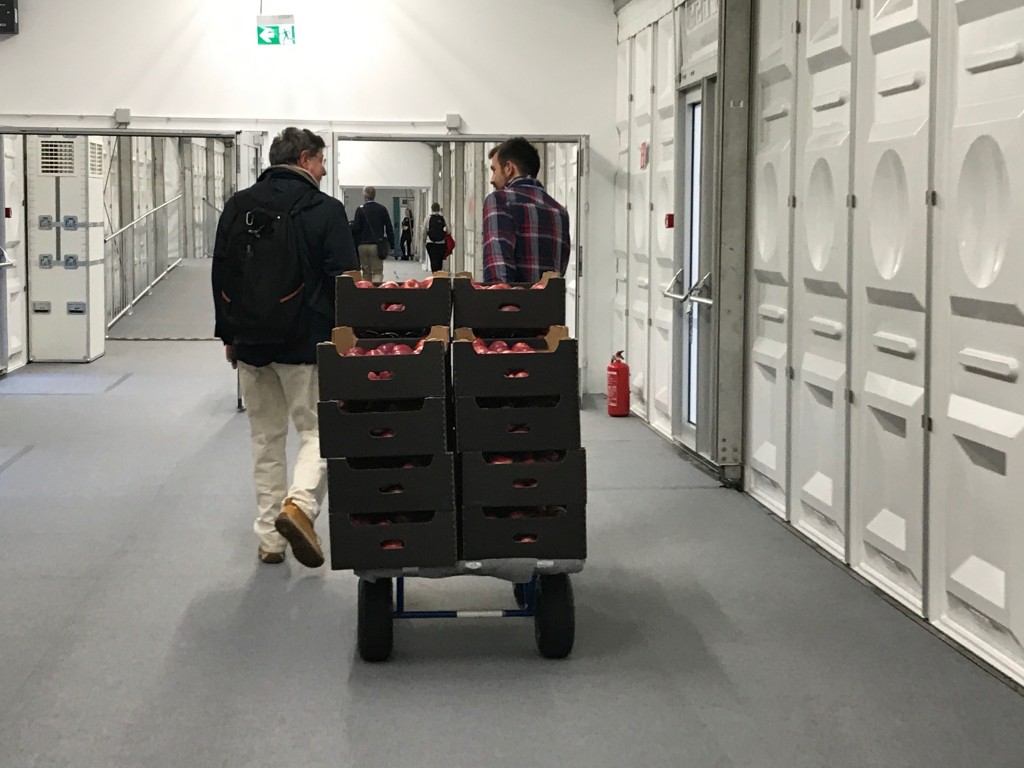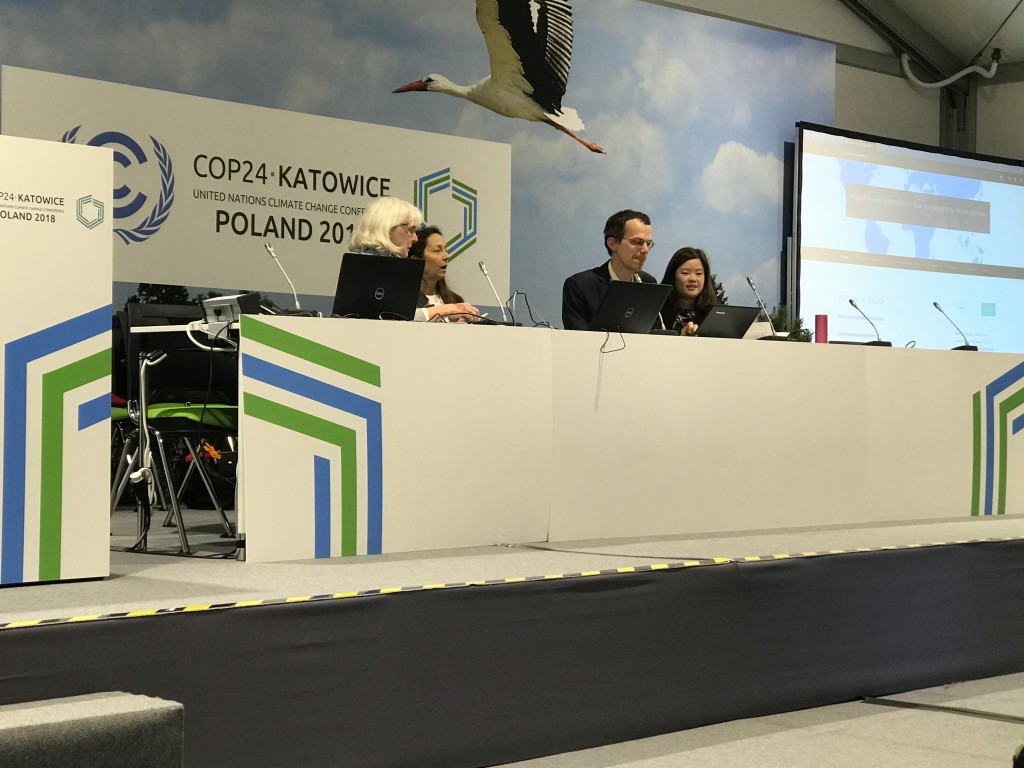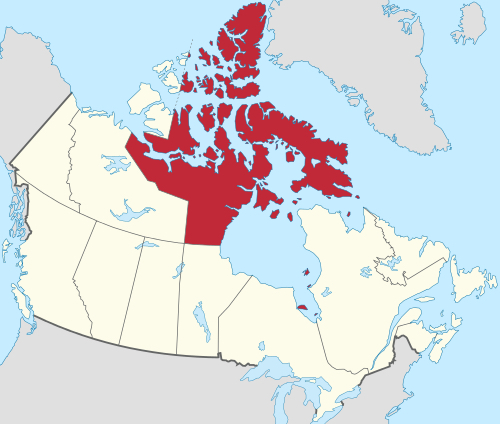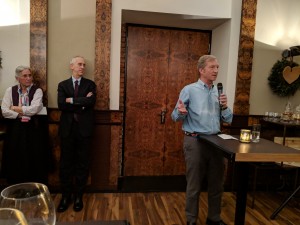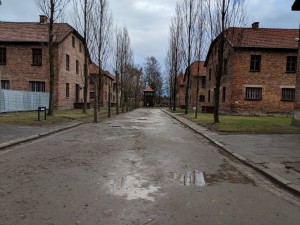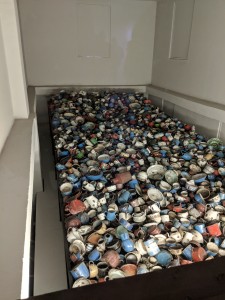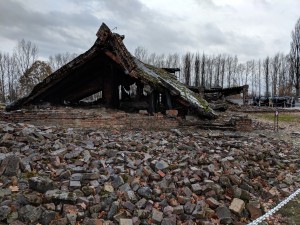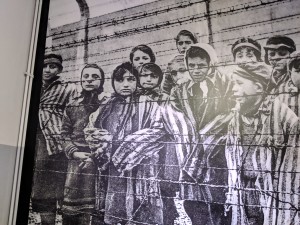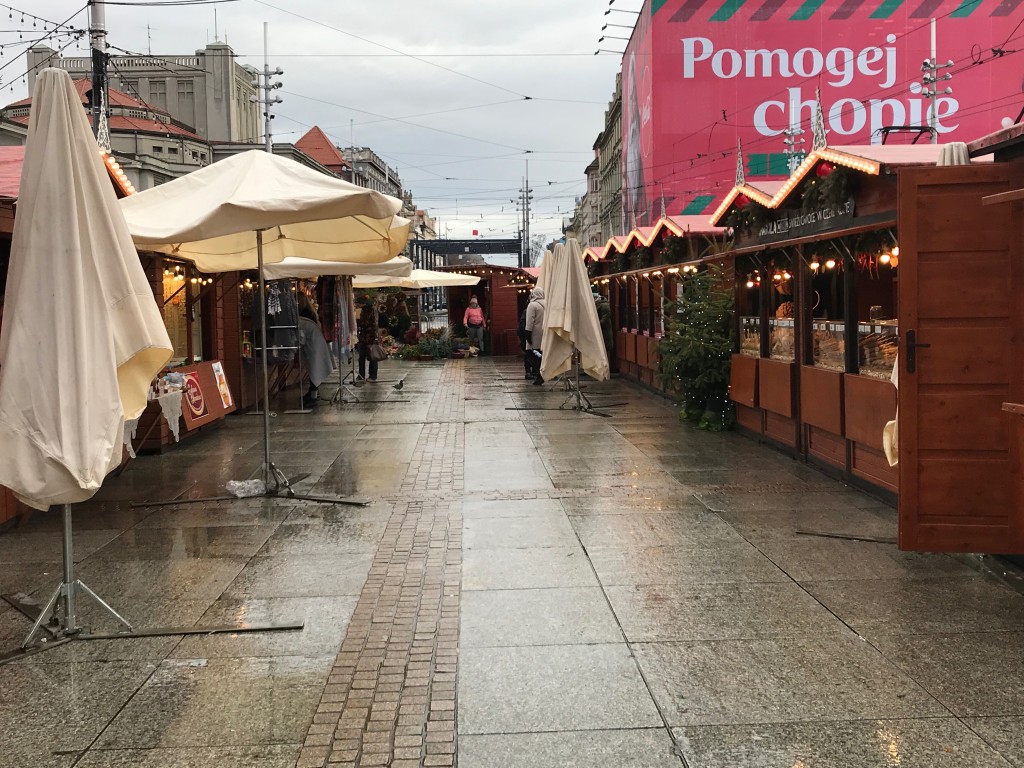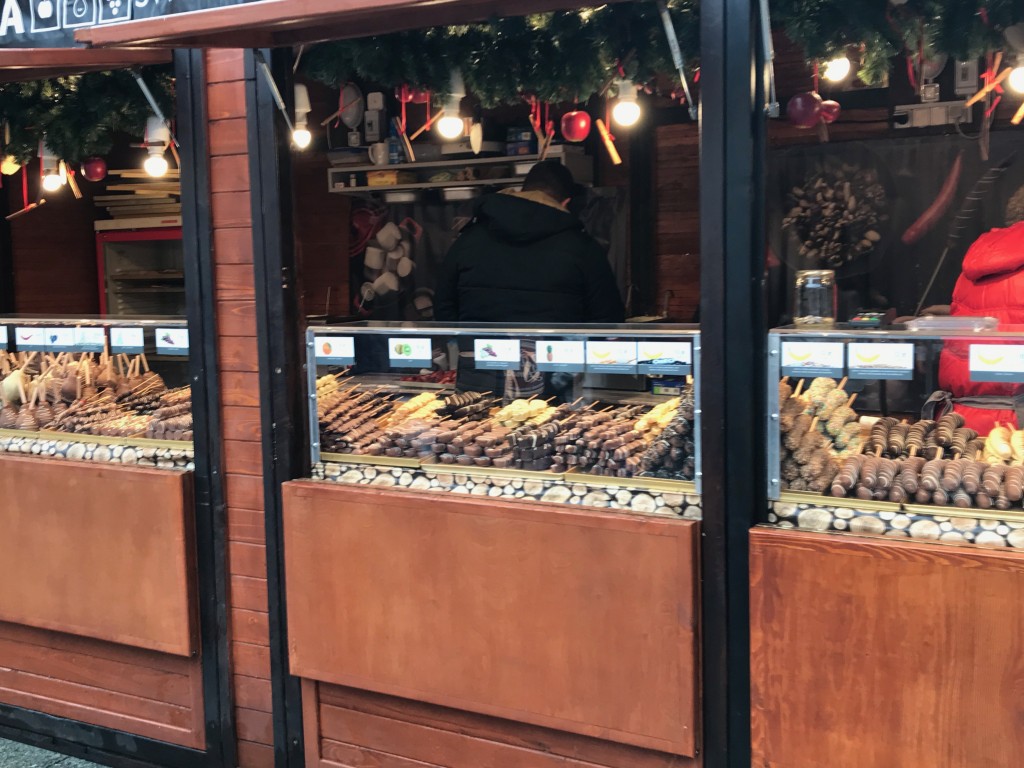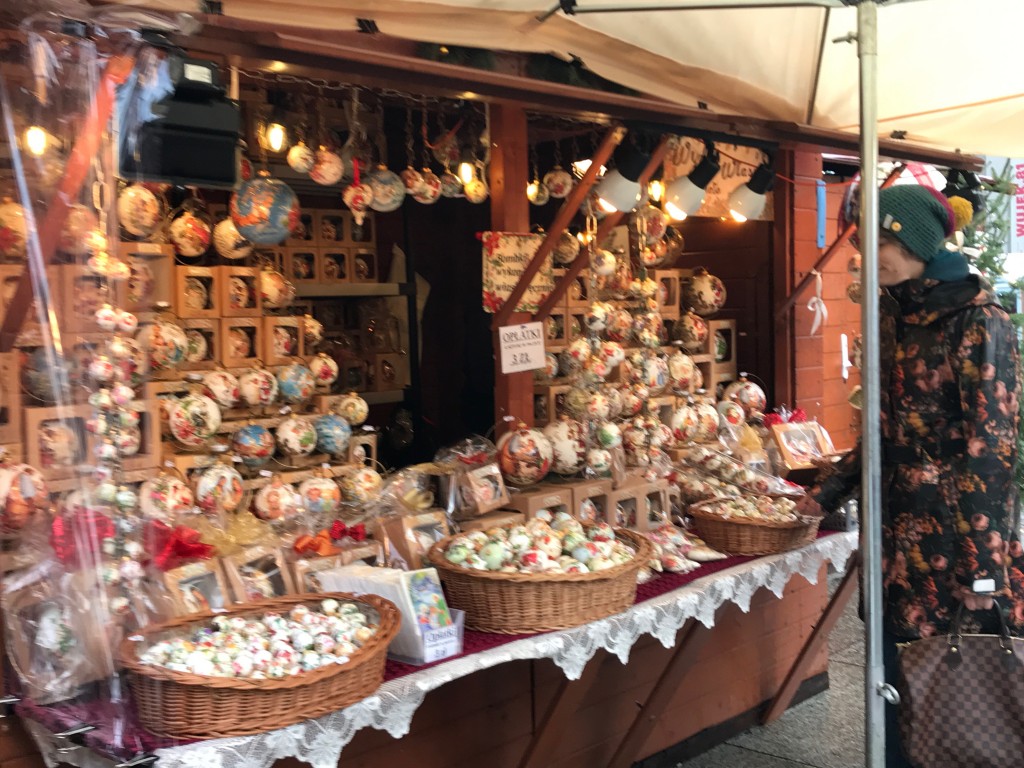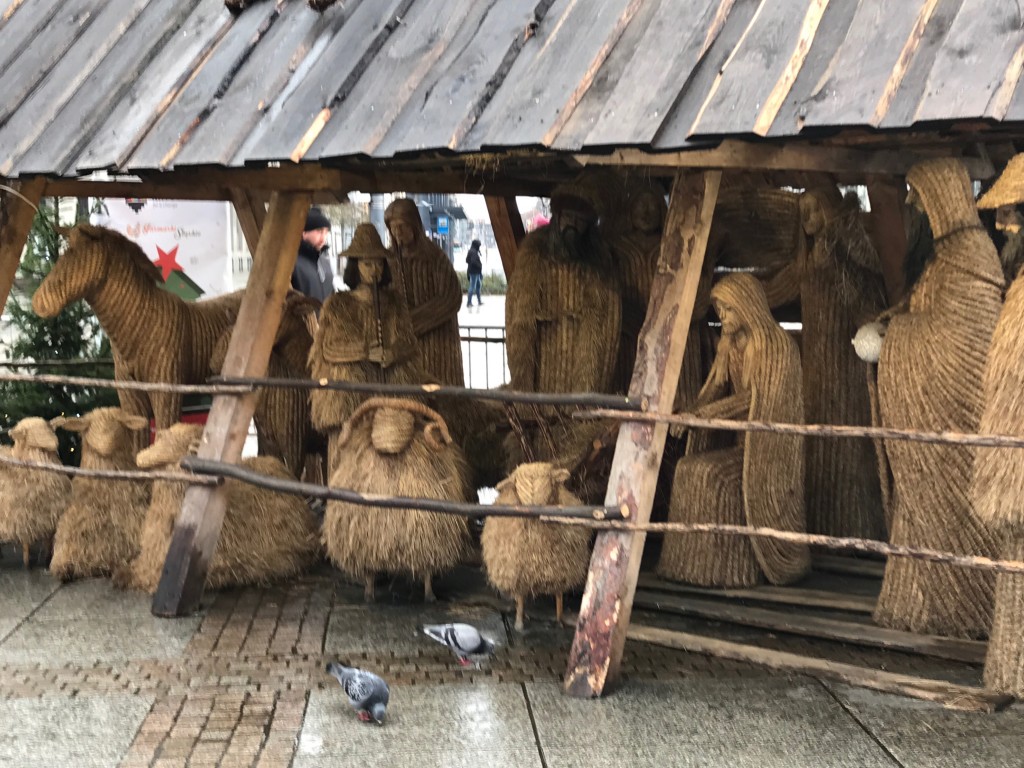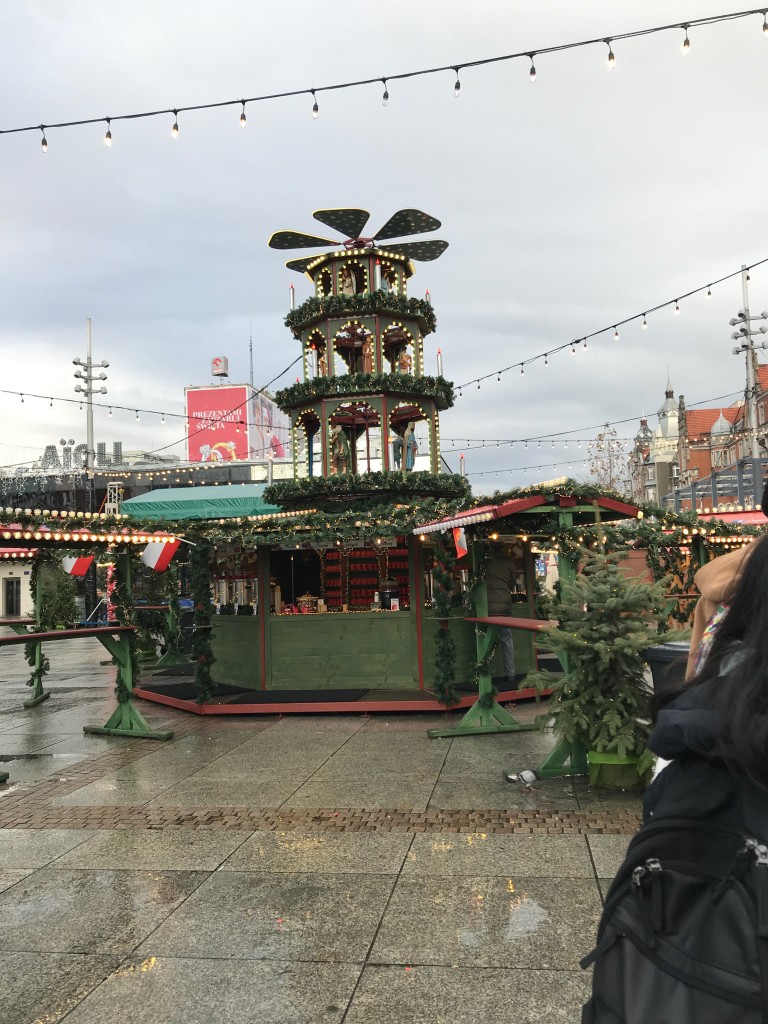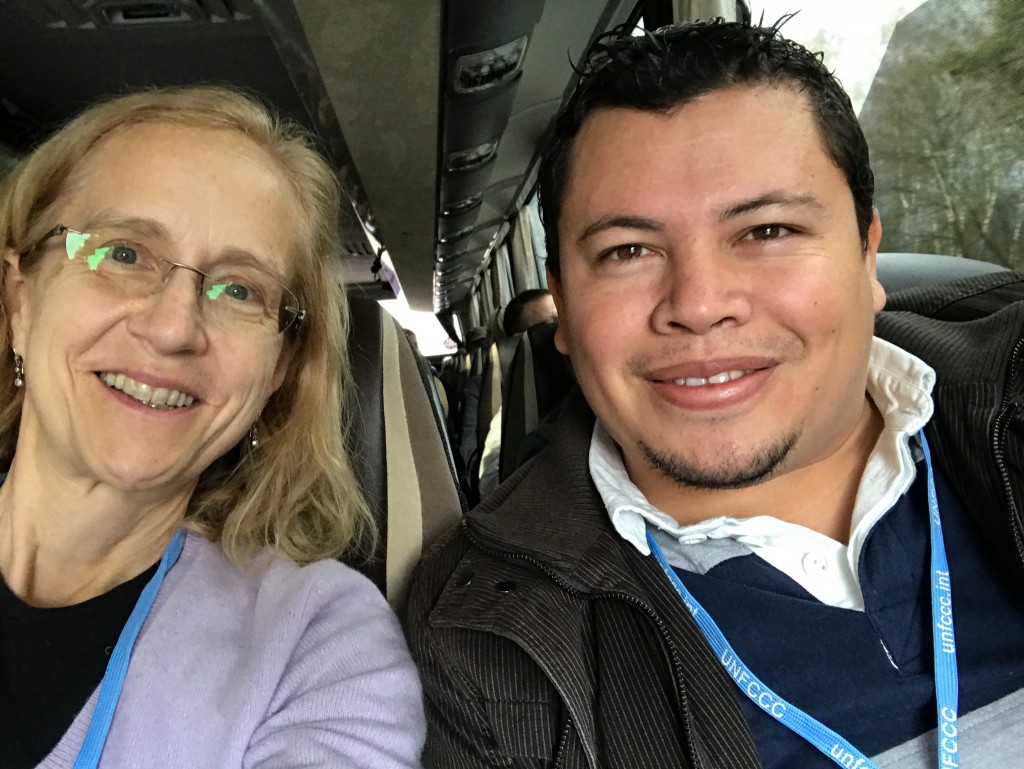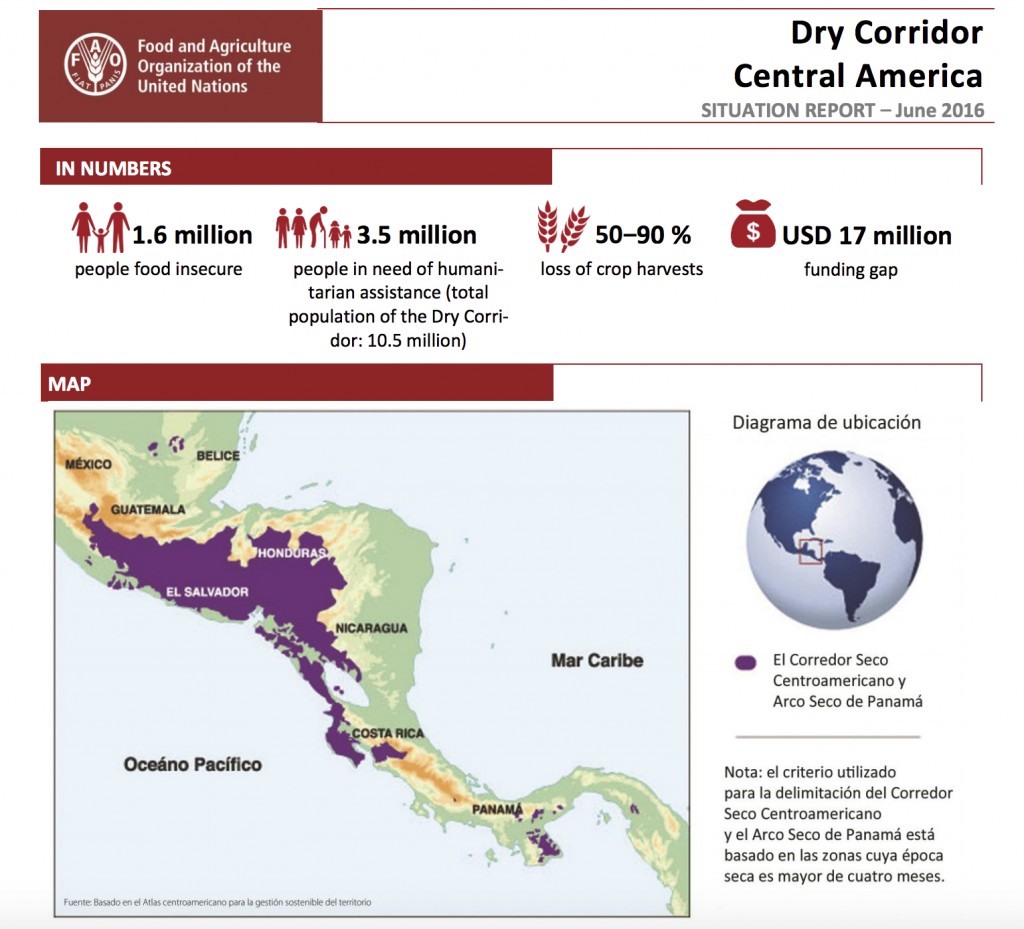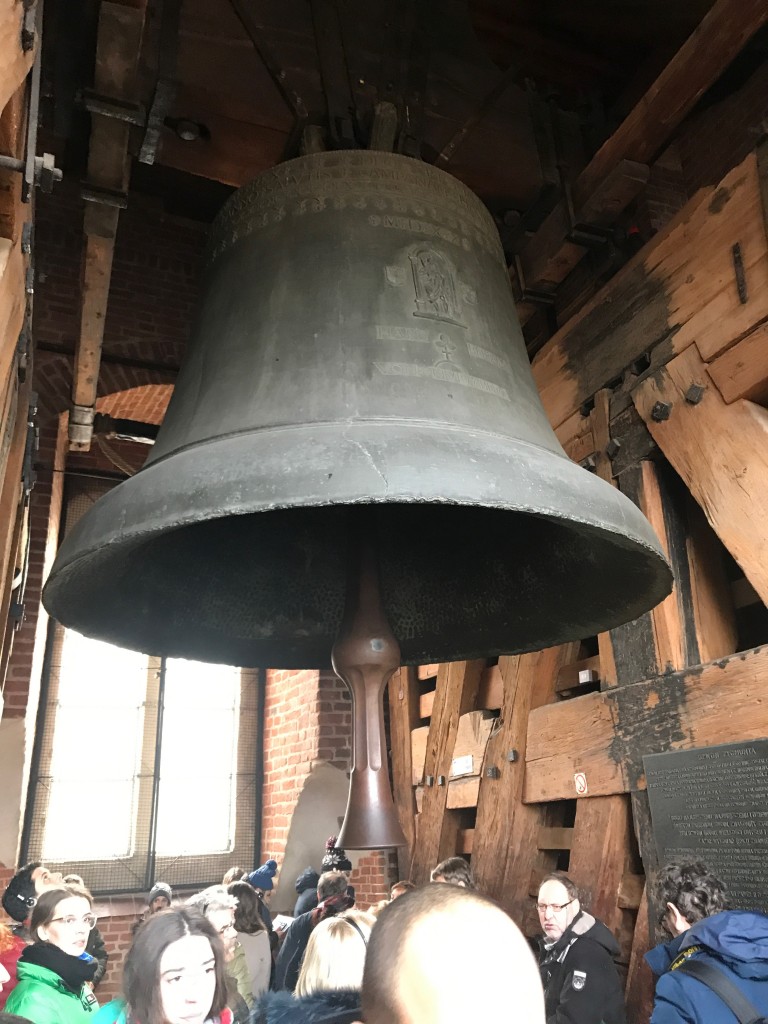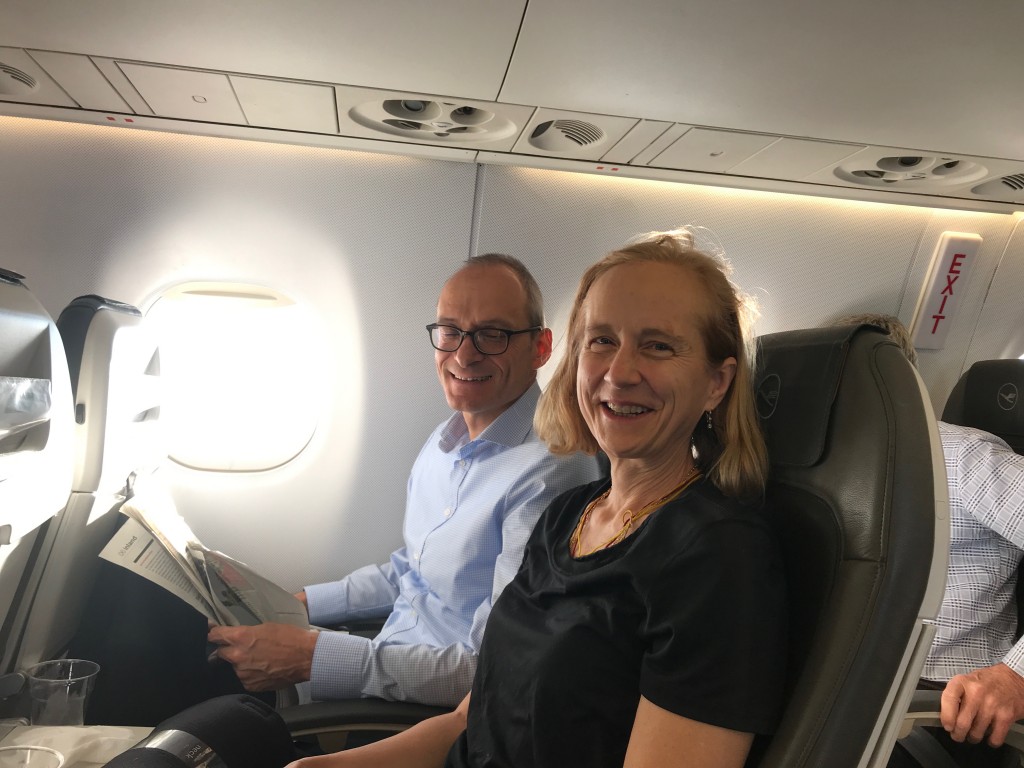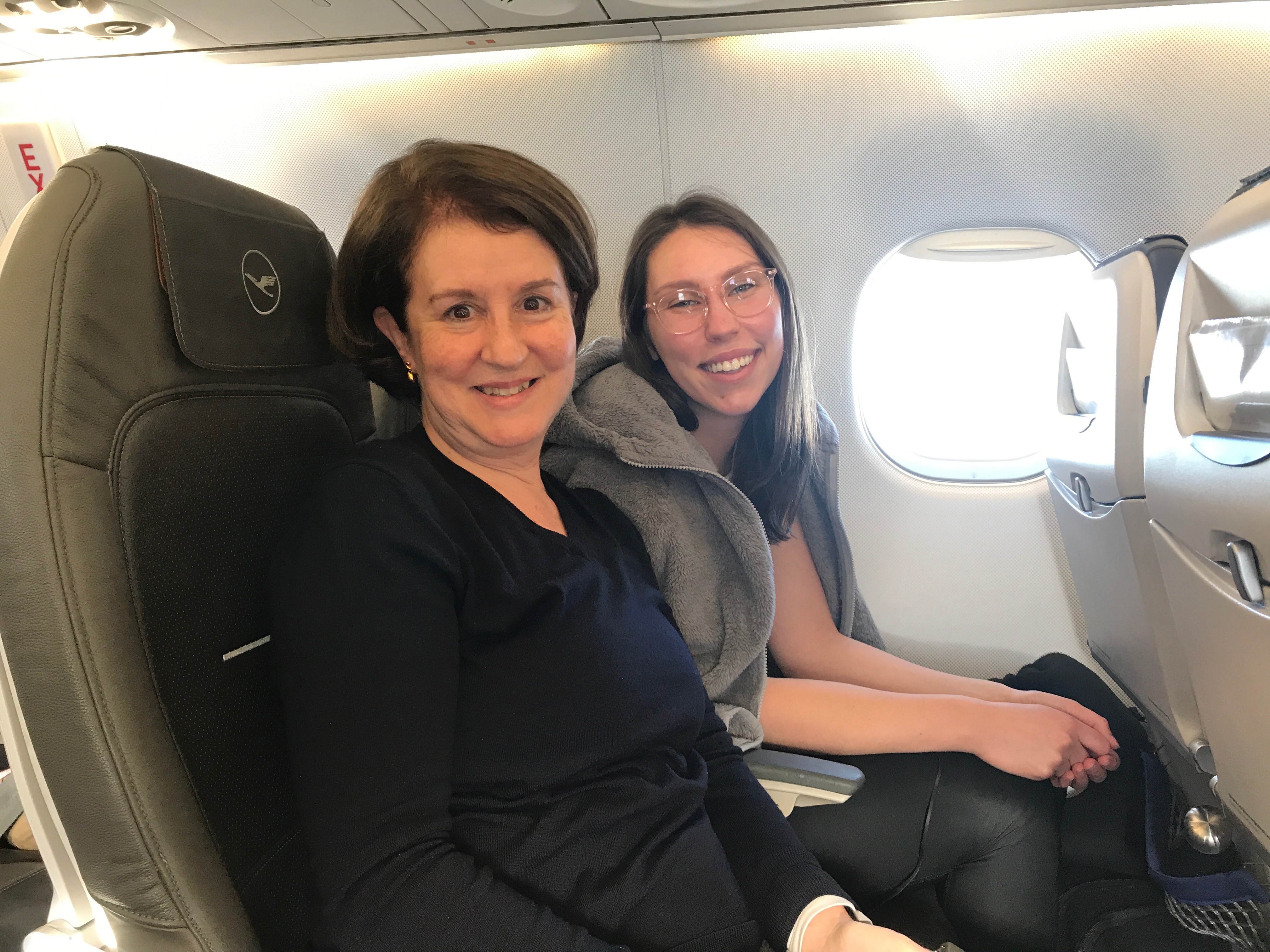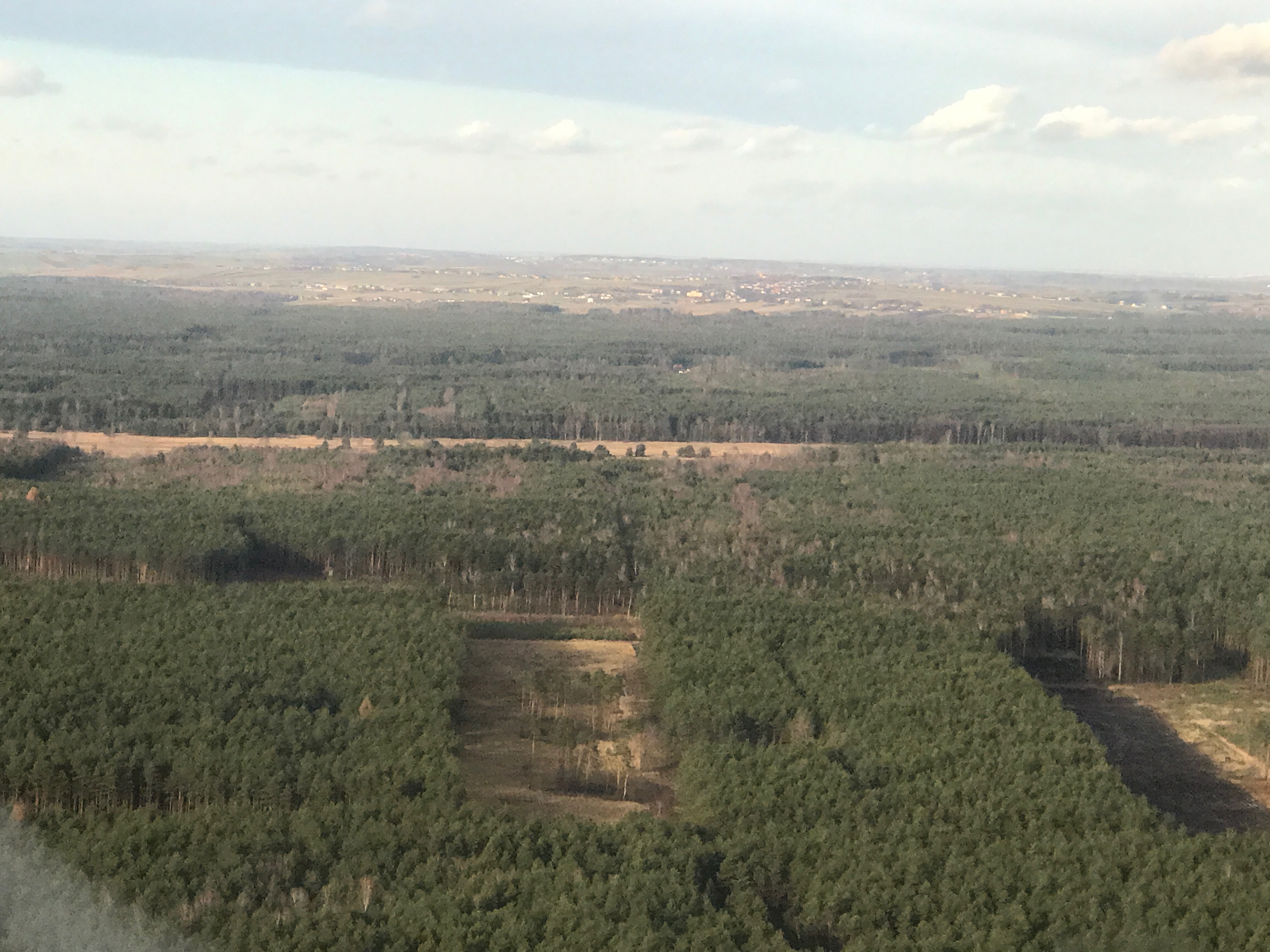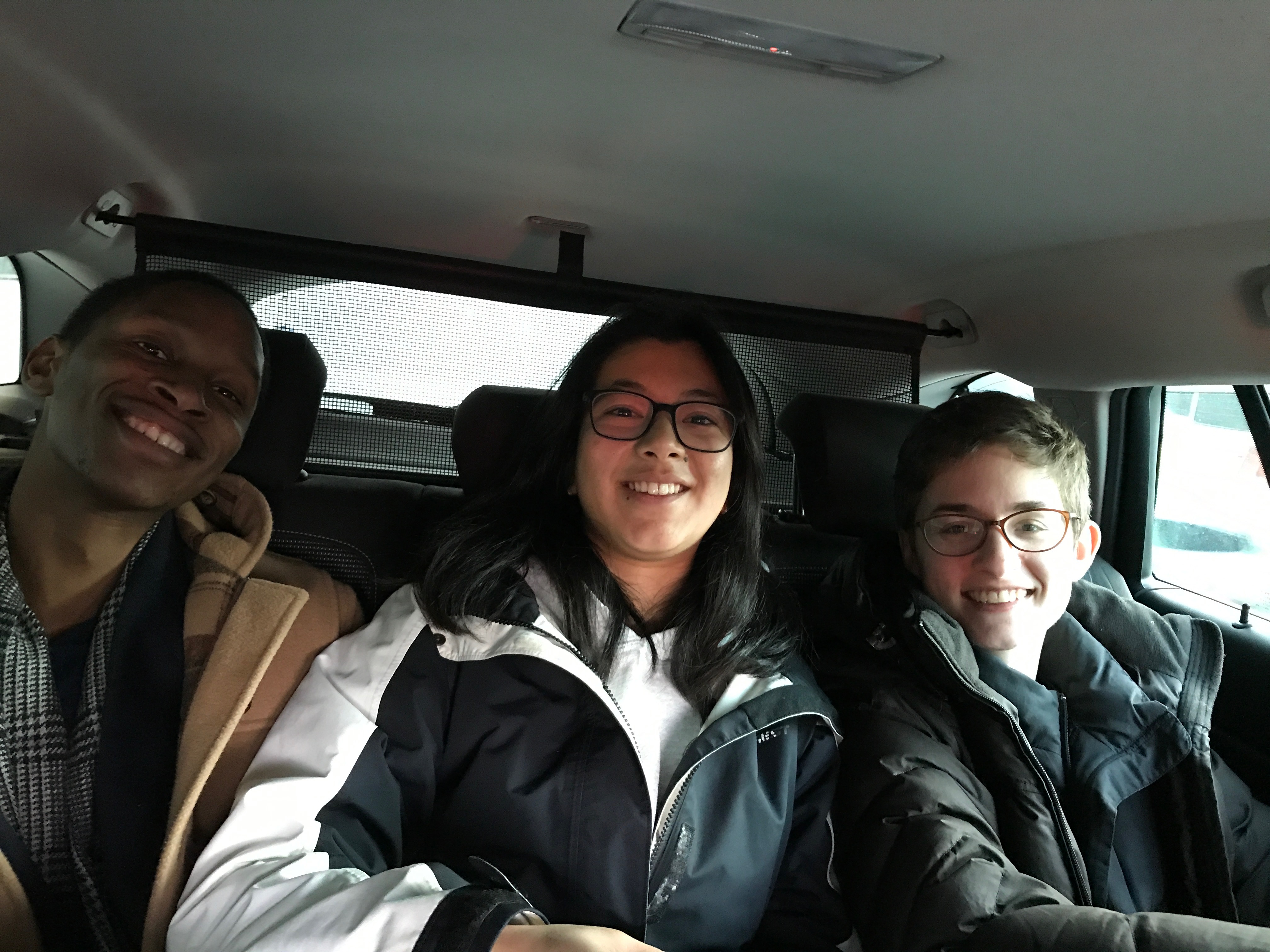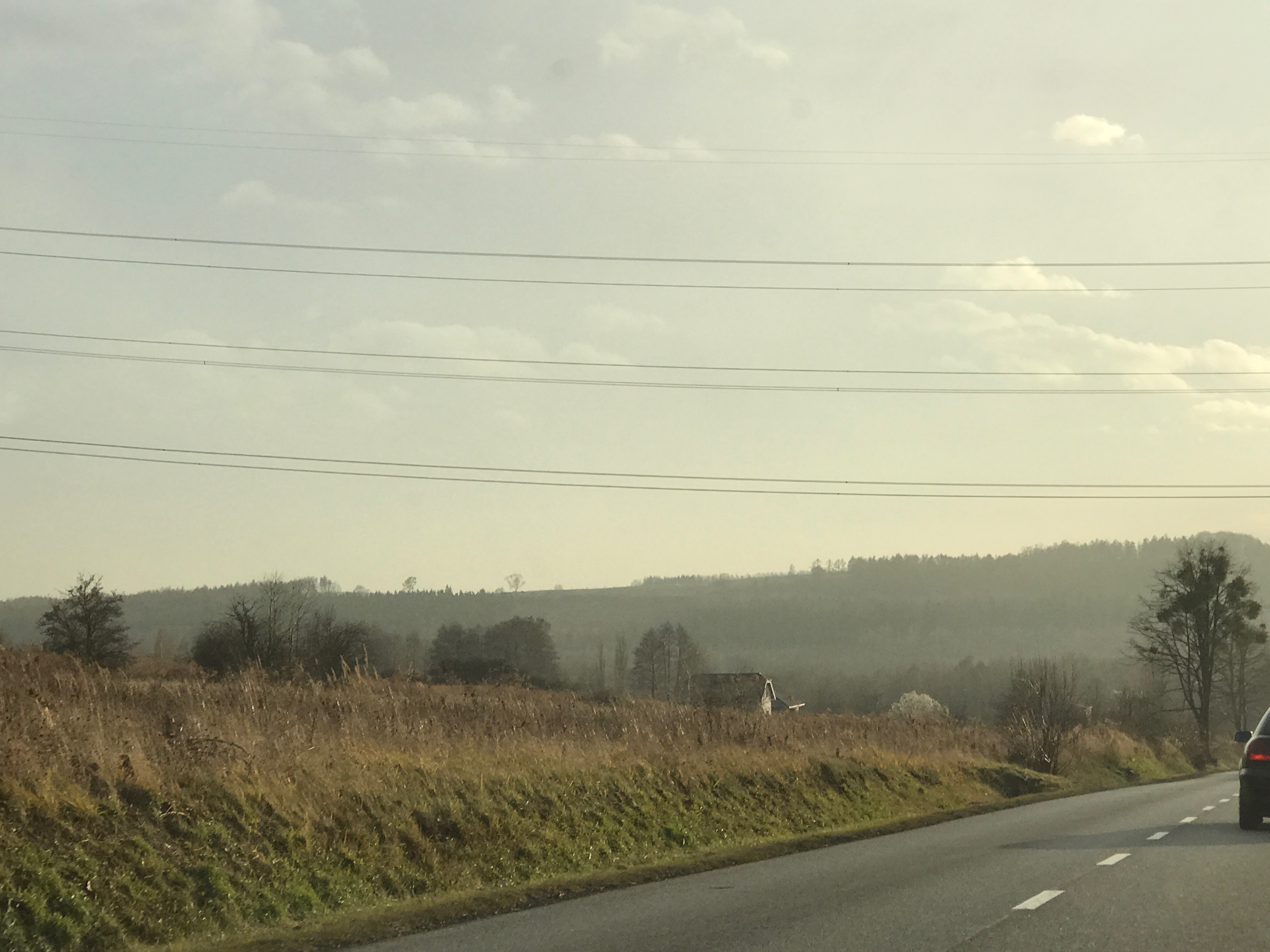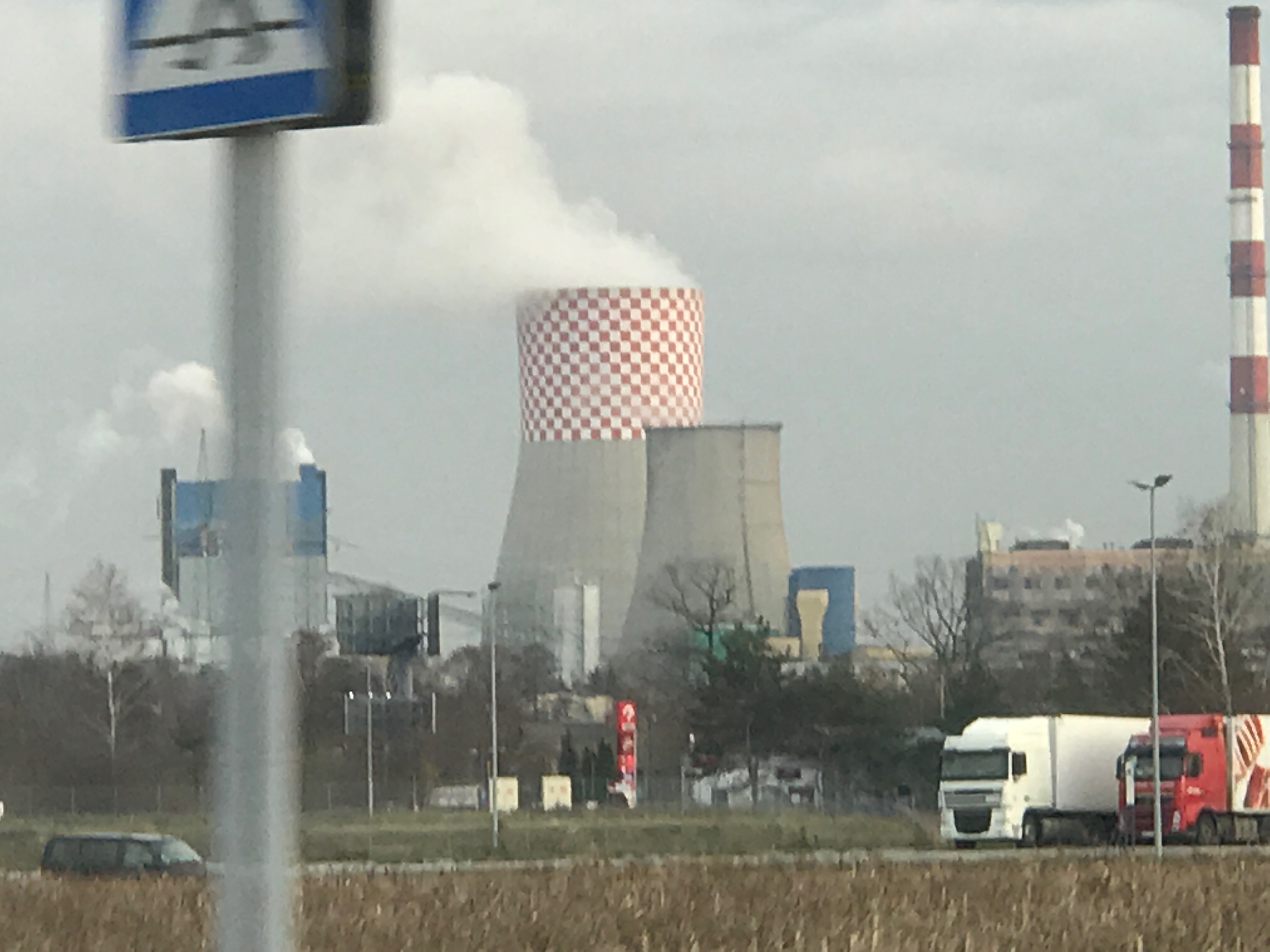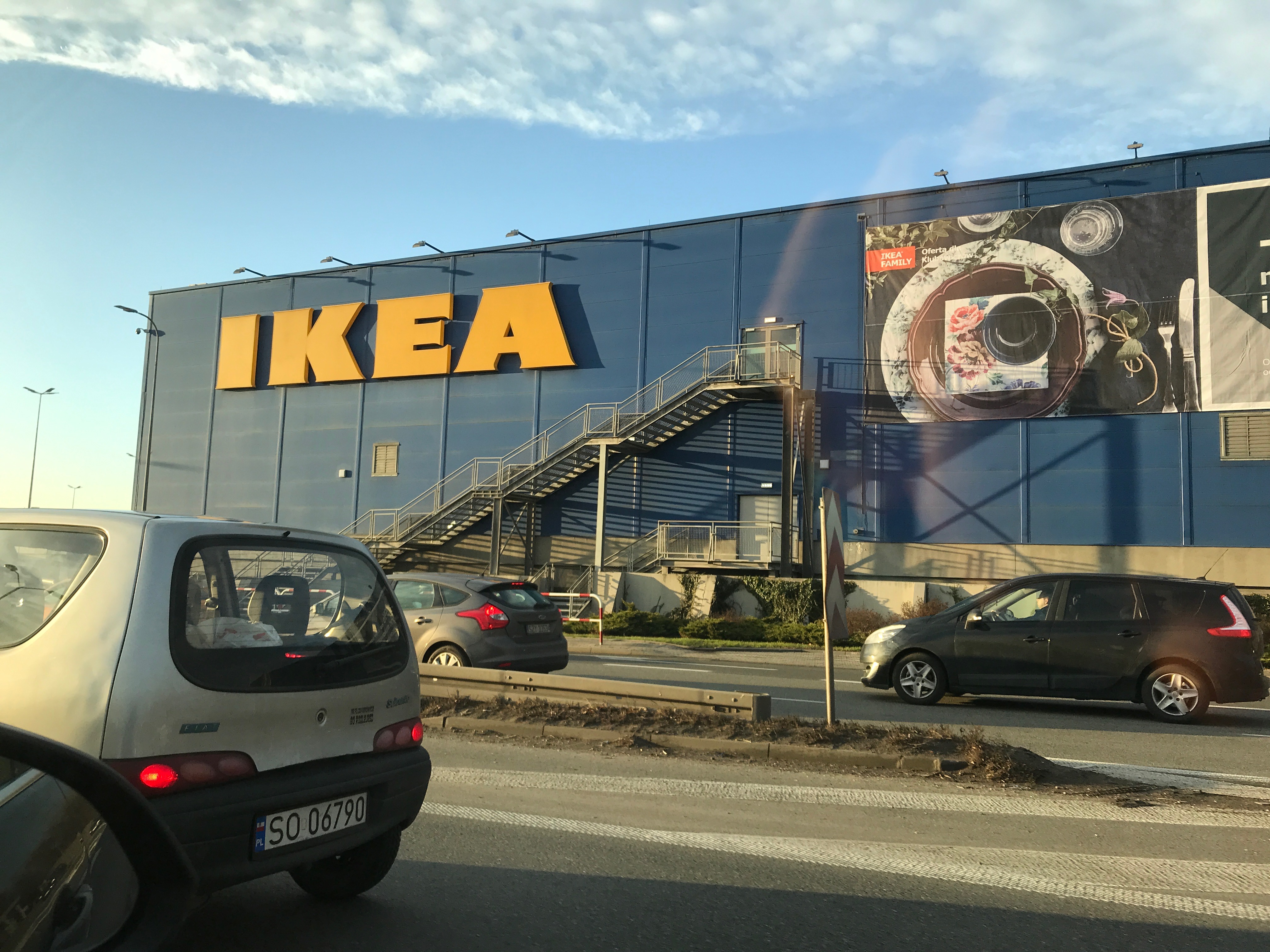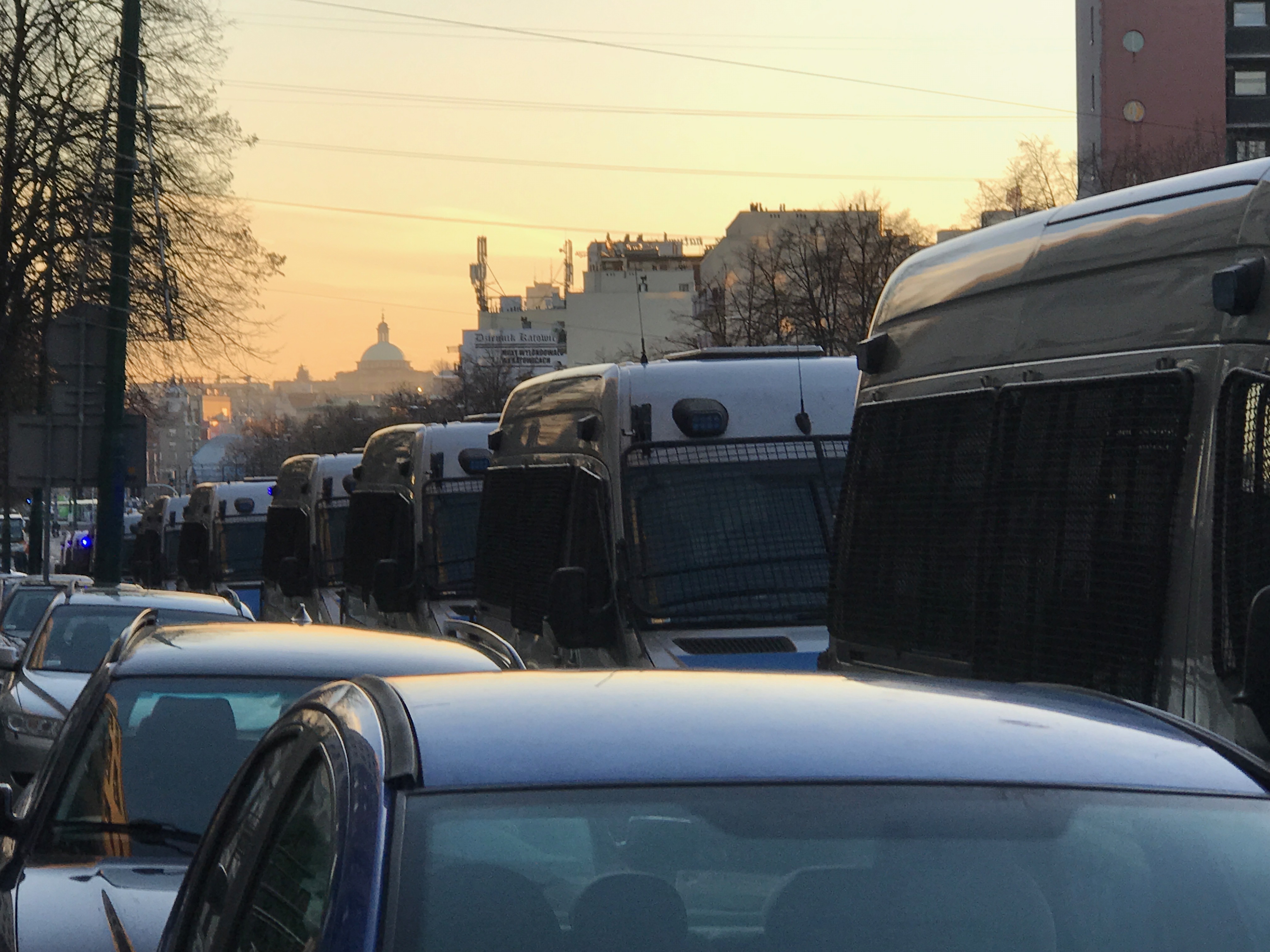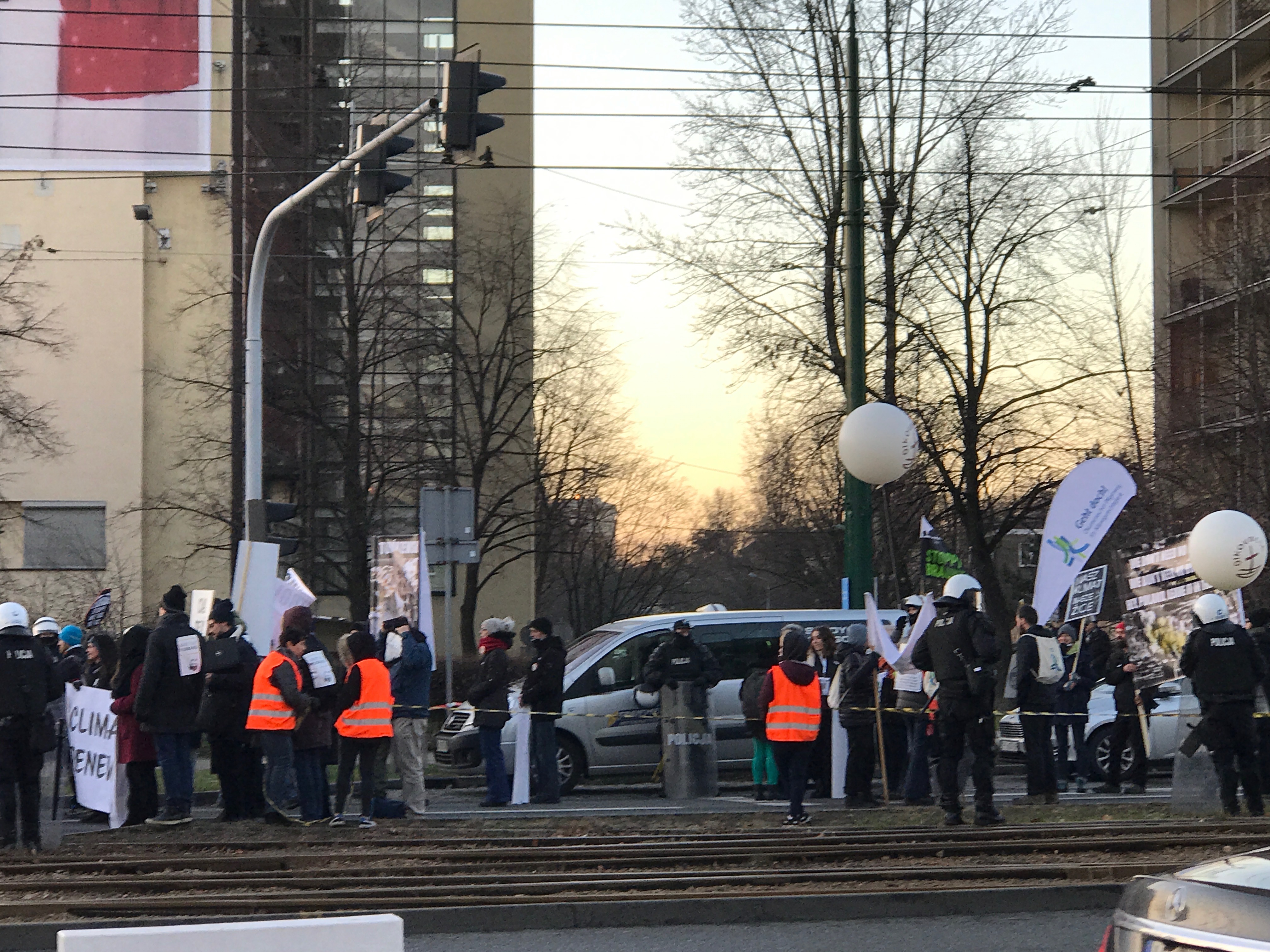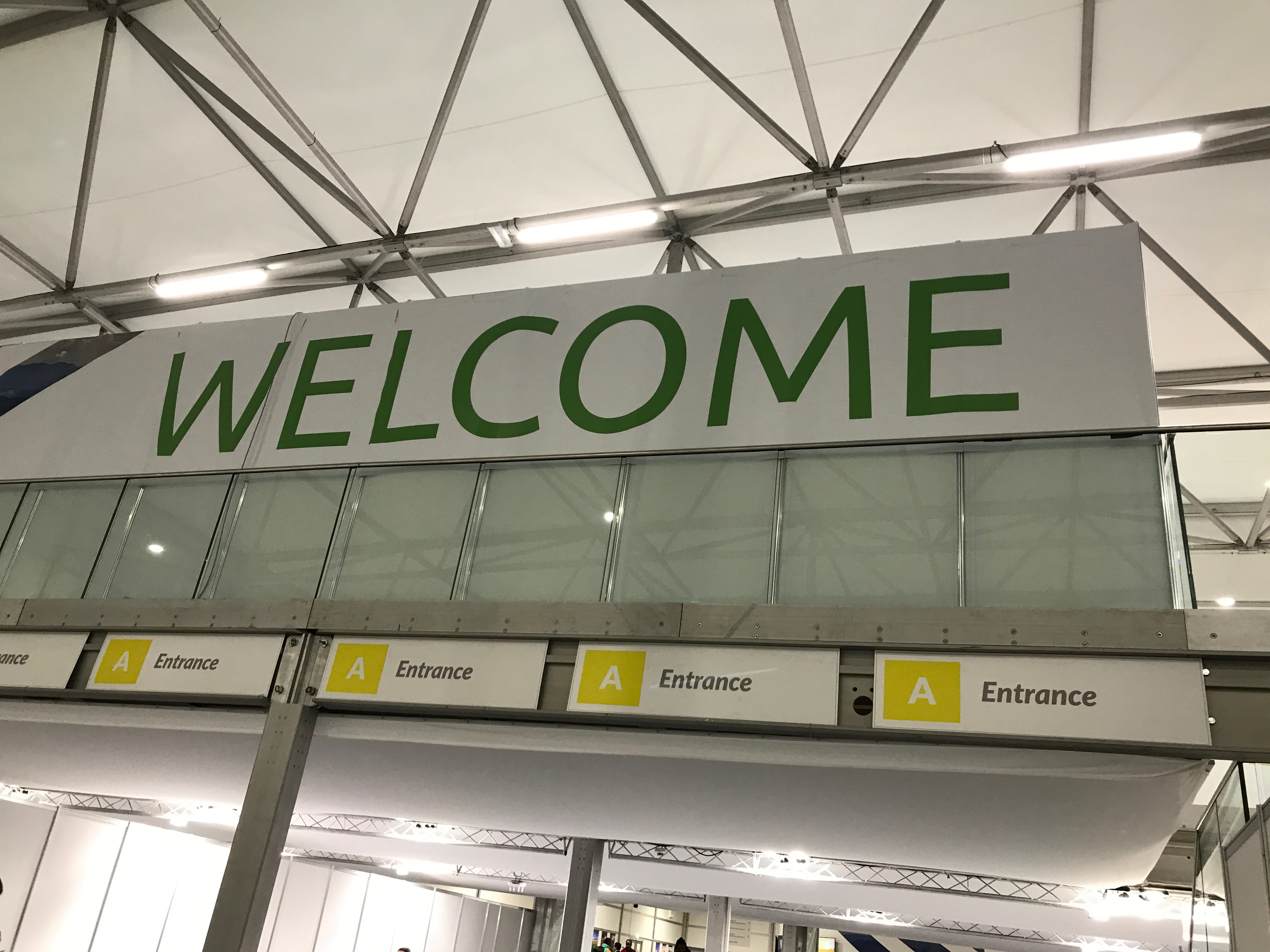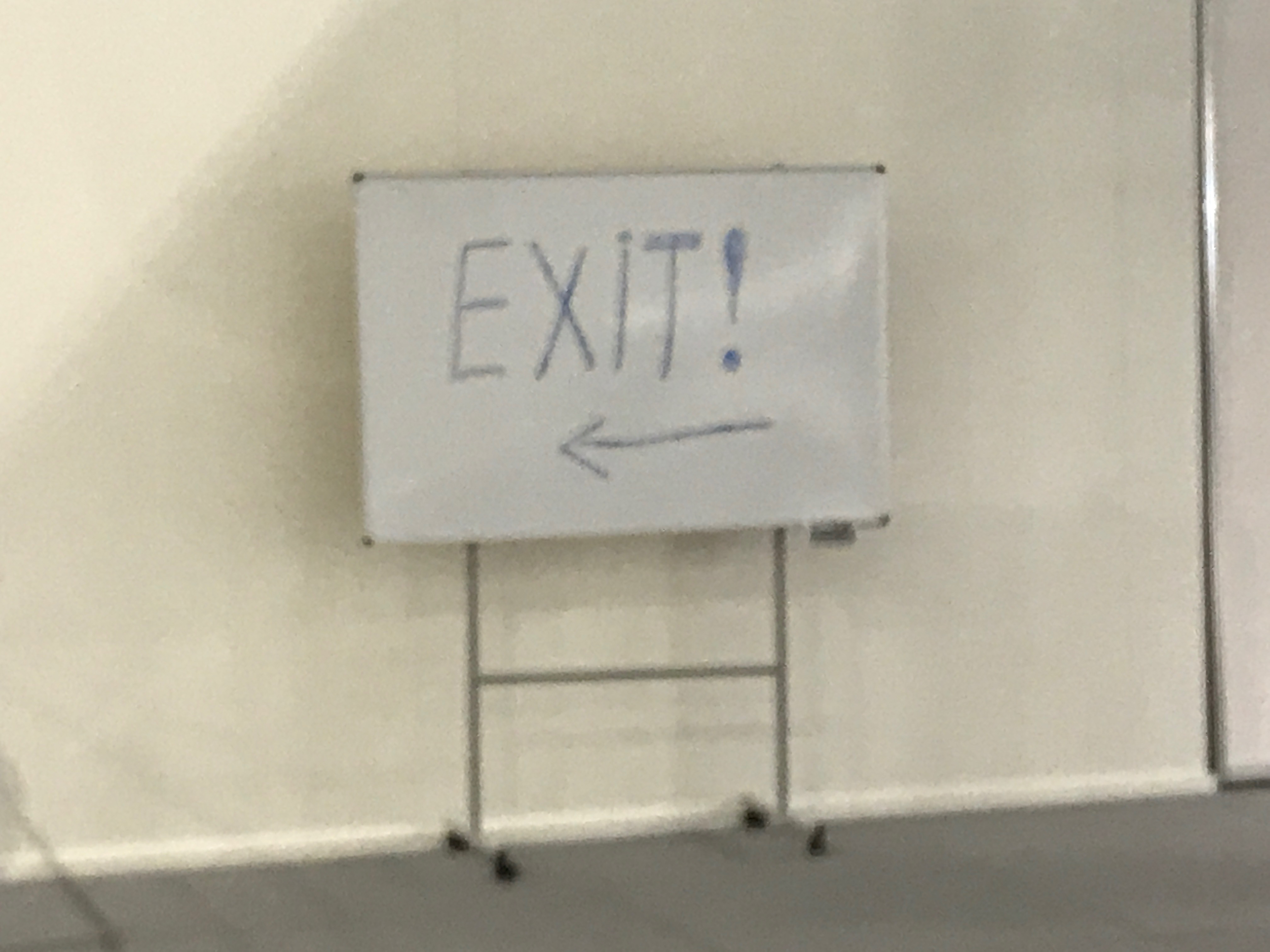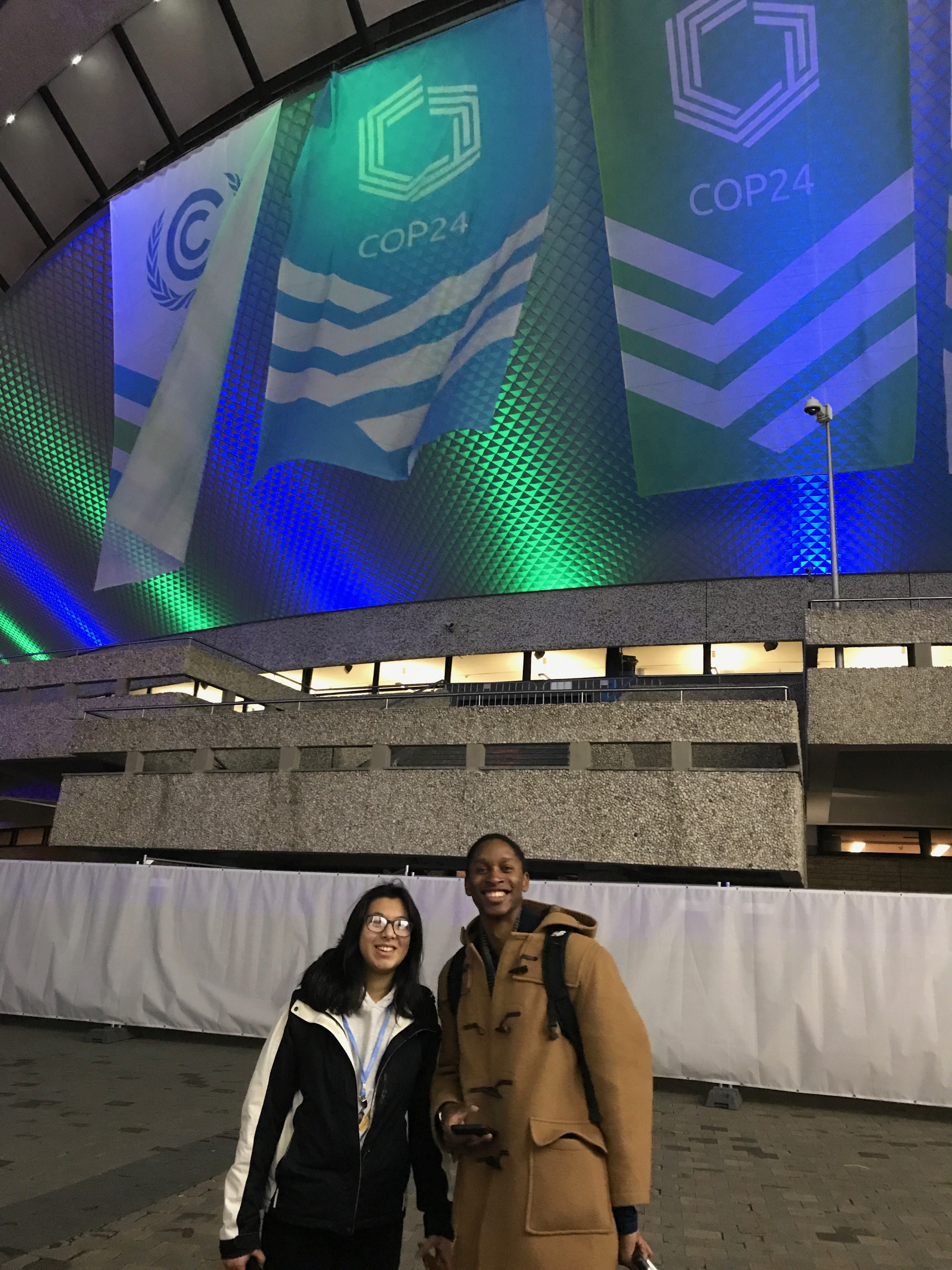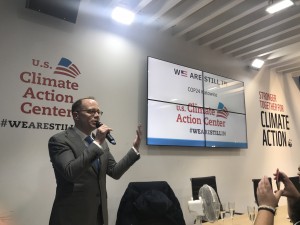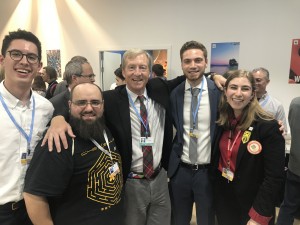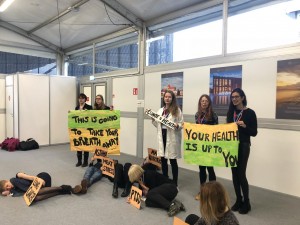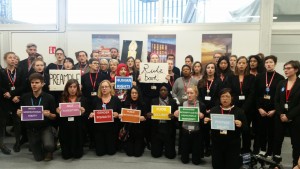Sunday the COP was closed. Roughly half of the attendees went to Krakow, the other half to Auschwitz. Eriko, Saadiq and I went to Krakow, Melissa to Auschwitz. (Eriko has already been to Auschwitz; Saadiq and I will go at the end of our time here.)
On the bus to Krakow, I had the great pleasure of chatting with someone who is part of the Honduras delegation. I won’t say any more about that conversation until I get approval from my new friend, but the conversation made me think about the broader context of the negotiations here.
For those following along at home, I thought it might be worth laying out some of the groupings and negotiating blocks operative here. (Lots of lists and names coming up below, but this chart lays out the blocs more visually.)
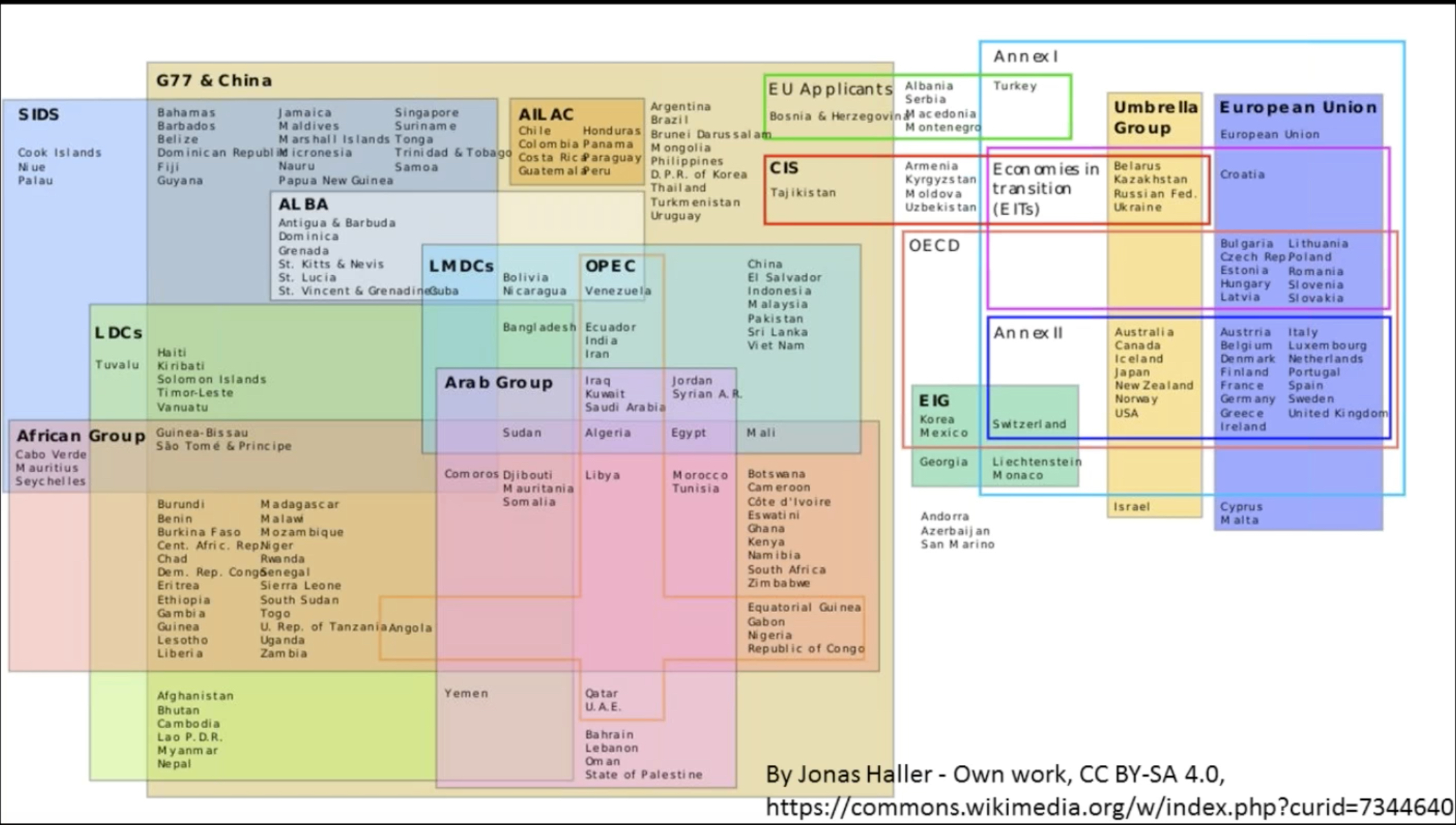
The UNFCCC organizing Parties to the Framework Convention into three groups: Annex I, Annex II, and non-Annex I. This division is based on earlier groupings of countries through economic development, most notably the OECD or the Organization for Economic Cooperation and Development: Australia, Austria, Belgium, Canada, Chile, Czech Republic, Denmark, Estonia, Finland, France, Germany, Greece, Hungary, Iceland, Ireland, Israel, Italy, Japan, Korea, Luxembourg, Mexico, the Netherlands, New Zealand, Norway, Poland, Portugal, Slovak Republic, Slovenia, Spain, Sweden, Switzerland, Turkey, the United Kingdom, and the United States.
Annex I countries were either part of the OECD when the UNFCCC was formed in 1992 or they were Economies in Transition (Russian Federation, Baltic States, several Central and Eastern European States); Annex II countries were a subset of OECD countries “not in transition:” because of their level of economic development, Annex II countries are required to provide financial and technical support to developing nations. Developing nations are sometimes called non-Annex I nations: the point is that they should be recipients of finance and technology transfer.
The UNFCCC also operates in terms of regional groupings, mostly for the purposes of electing representatives to the Bureau. The regional groupings are African States, Asian States, Eastern European States, Latin American and the Caribbean States, and the Western European and Other States–the “other states” include Australia, Canada, Iceland, New Zealand, Norway, Switzerland and the United States of America.
But negotiating blocs have arisen separately from this geographical grouping.
Honduras is part of AILAC, a negotiating group including Chile, Colombia, Costa Rica, Guatemala, Panama, Paraguay, and Peru. I asked why Nicaragua was not part of this group and Paraguay was—the map of this group stretches oddly to allow for exclusions and inclusions. My seatmate explained that Nicaragua was more aligned ideologically with Venezuela and Cuba and Paraguay was not part of ALBA, so they needed a different coalition. Indeed, in the chart below (same as the one above) which was drawn up by then-student Jonas Haller, Nicaragua and Bolivia join Venezuela and Cuba as part of ALBA as well as forming part of the LMDCs group. Venezuela along with Ecuador is also part of OPEC.

The UN always offers ample portions of alphabet soup. In this case, AILAC is the Independent Alliance of Latin America and the Caribbean; ALBA stands for the Bolivarian Association for the Peoples of our America. The G77 was originally the Group of 77 formed in 1969 during the UN Conference on Trade and Development; it now includes about 133 Parties. Because this large group is also very diverse, smaller groups have formed within it: the African Group (54 Parties; established at COP1 in 1995), SIDS (Small Island Developing States; roughly 40 Parties; first to propose draft text of reducing emissions in Kyoto protocol), LDCs (Least Developed Countries; 48 Parties). The LMDCs are Like-Minded Developing Countries, including both Iraq and Iran (while Iran is left out of the Arab group). EIG stands for Environmental Integrity Group. OPEC stands for Organization of the Petroleum Exporting Countries; OECD stands for Organization for Economic Cooperation and Development.
The Umbrella Group came together after adoption of the Kyoto Protocol; the subgroup of Annex II nations in the umbrella group are also sometimes called Juice Cans (Japan Iceland US Canada Australia Norway New Zealand: JUISCANNZ is how I envision this, but I have no idea whether or not that’s correct).
The chart suggest how confusing it can be to think about any given Party’s allegiances and/or negotiating priorities. It also shows the impact of history. China, for instance, might have had more in common with African nations in 1969, but its development trajectory has been quite distinct in the past few decades–but the negotiating alliance remains intact.
In addition to these three categories of Parties (rich Annex II, doing-pretty-well Annex I, and developing non-Annex I), there are also a host of “constituencies,” including observers like our little Swarthmore delegation. But that will be another post, full of its own alphabet soup.
